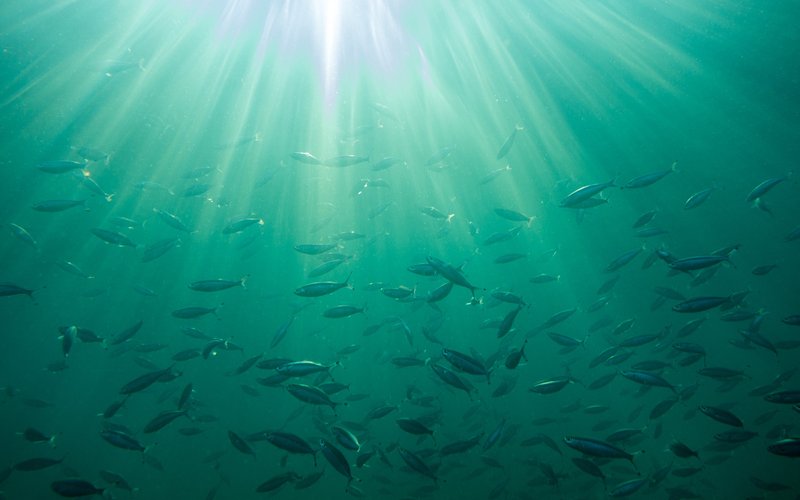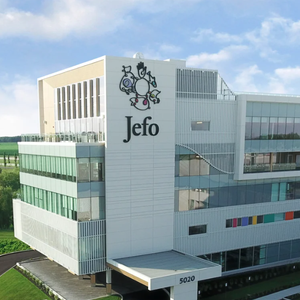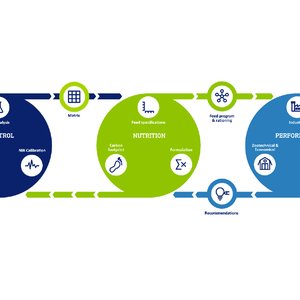The Seafood Business for Ocean Stewardship (SeaBOS) and the Global Dialogue on Seafood Traceability (GDST) are joining forces to adopt global industry standards to improve the quality, efficiency and affordability of seafood traceability. Both organizations include seven of the world’s ten largest seafood production companies and more than five dozen companies from across the global seafood supply chain, ranging from major multinational players to representatives of small-scale producers in Asia, Europe and the Americas. Cargill and Skretting, as part of the supply chain, joined this initiative.
“Transparency of the value chain is increasingly important in food and especially aquaculture, with consumers paying more attention to the origin of feed. We have to be closer to our customers to support them in their markets and this collaboration with GDST will enable us to align our approach,” said Adriano Cesar Marcón, President and Group Leader, Cargill Aqua Nutrition.
Therese Log Bergjord, CEO, Skretting, stated that “the globalized seafood industry needs globalized information. We are finally getting close to the pre-competitive framework we need to share information rapidly, reliably, and securely across the planet.”
Global industry standards for seafood traceability are urgently needed to eliminate costly and unnecessary barriers between the dozens of incompatible, proprietary traceability systems that exist today, and to guide governments towards the harmonization of standards affecting seafood trade. By creating a set of voluntary industry norms, the seafood sector aims to:
- Develop shared expectations about the kinds and quality of information entering seafood supply chains
- Ensure fishing and aquaculture enterprises around the world receive more consistent and predictable demands for the data accompanying their products
- Create a level playing field that promotes equitable market access for large and small producers from diverse countries
- Establish technical protocols for interoperability that will facilitate digital communication among thousands of actors across the seafood supply chain
- Provide a basis for more efficient and consistent regulatory practices among producer, processor and market country governments.












